Volkswagen Virtus Launched – VW’s Vento Successor Shows a Lot of Promise
The Virtus comes with quite a few well thought out gearbox and engine options as well. There’s the dynamic line engine variant as well as the performance line. The dynamic line is available in manual as well as automatic gearbox options; both 6 speed and comes with a 1.0L TSI engine which puts out 113BHP and 170NM torque.
Total Views |
Volkswagen’s Vento sedan was extremely popular in the Indian markets because of its spacious cabin, impressive host of features, strong engines all made available at an accessible price tag. The Vento along with its sister car the Skoda Rapid both shared the same platform and therefore shared the appeal that both cars were famous for as well. Recently however camouflaged test mules for successors of both the Vento and Rapid had been spied multiple times along popular vehicle testing routes such as Pune-Mumbai highway. Finally during the last week of February to the first week of March both the Slavia (Skoda’s Rapid replacement) and the Virtus (VW’s Vento replacement) were both officially unveiled. Both cars are noticeably larger than the models they replace and feature improved space, tech, powertrains and of course all new designs. While both these sedans are based on the same MQB A0 IN platform, it’s safe to say VW’s offering is definitely the more striking of the two.
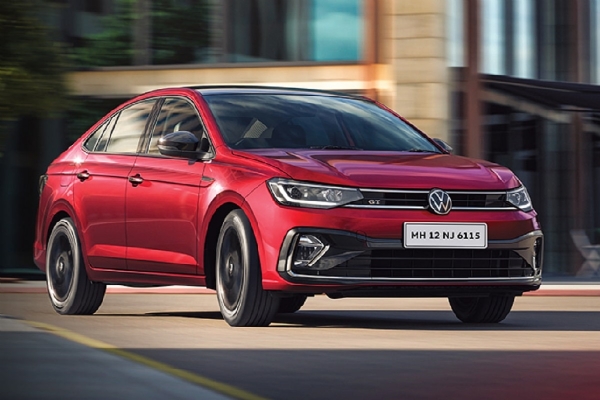
While the Vento was visually representative of a Polo with a Trunk, this new Virtus is an altogether larger looking machine and is much more visually muscular and larger than before and definitely does not look like a stretched version of the new Polo. This design is truly amazingly executed. The front looks muscular and is complemented by the large intakes and tasteful chrome additions, the rear looks sharp and balanced, the side profile is creased in all the right places and the wheels look proportionate to the rest of the body. The fantastic colour schemes and the option of black wheels is truly the cherry on top of the cake.
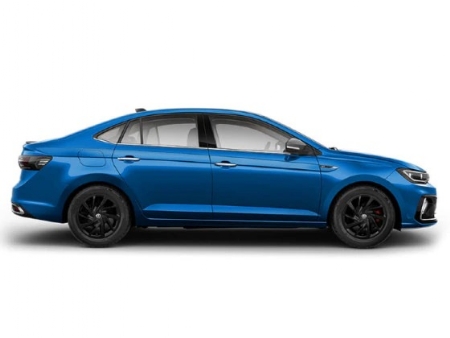
The Virtus comes with quite a few well thought out gearbox and engine options as well. There’s the dynamic line engine variant as well as the performance line. The dynamic line is available in manual as well as automatic gearbox options; both 6 speed and comes with a 1.0L TSI engine which puts out 113BHP and 170NM torque. This engine brings the best of both worlds in the form of reasonable performance and good fuel economy as well. However for some extra added grunt for the enthusiasts out there, the performance line is for you. This GT badged Virtus variant comes with a powerful 1.5L TSI EVO powertrain and is mated to VW’s slick and responsive 7 speed DSG gearbox. The power and torque figures are significantly higher for this spec and sit at 147BHP and 250NM respectively. Safe to say the Virtus in addition to being a great performing car in its stock state of tune will probably become an additional tune worthy set of wheels for the car modifying enthusiasts out there.
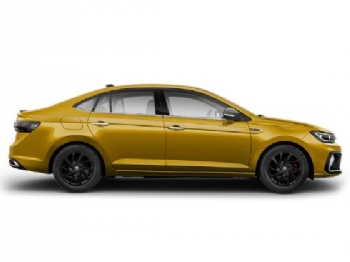
The interior is in line with other current generation VW cars with the exterior paint mimicked in tasteful proportions on the inside of the car as well. For instance, the red car gets these red accents enveloping the dashboard components as shown in the image above. I think the colours are very well executed here and they flow with the overall design well. The insides are souped up with all sorts of convenience tech like bluetooth connectivity, wireless mobile charging, Volkswagen connect features, android auto and apple car play all executed via a large central 25.65cm touchscreen infotainment system.
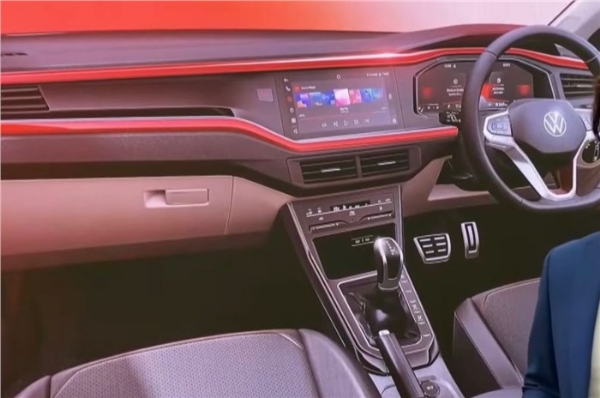
The creature comforts don’t end there. The front seats are ventilated which is a great feature to have during hot summers, there’s also cruise control, keyless entry and an automatic AC system. Space in the back is ample and boot space is generous as well and family road trips will be a breeze in this new and larger VW.
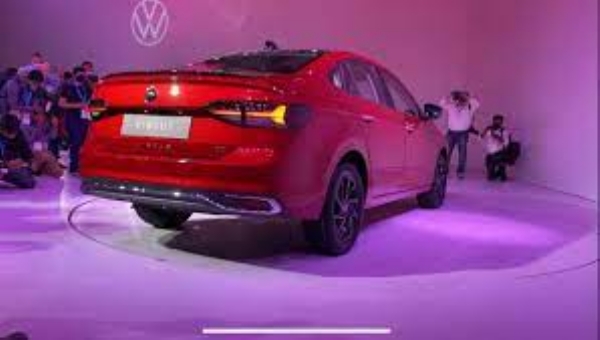
All in all, the Virtus looks like a great proposition from VW and while it shares all its underpinnings with its Czech cousin the Slavia, The Volkswagen definitely has the initial upper hand in terms of sheer visual and aesthetic appeal. Full reviews by media houses will show just how capable this car is in relation to its rivals. If the Virtus can put its money where its mouth is, VW has a winner on their hands for sure.


